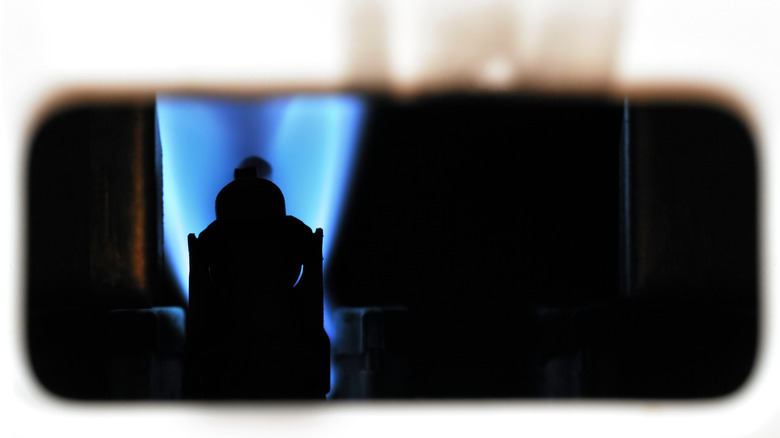What Happens If Your Furnace Pilot Light Goes Out (& Is It Dangerous)?
Pilot lights are one of those things that you may have heard about in childhood but didn't ever get a real rundown on what they are, their purpose, and how to repair them if they go out. No sweat, because we've got you covered. First, a standing pilot light can be found on gas-powered appliances, but when you hear about one going out, it's usually in reference to a furnace or water heater. It's a small continuous flame that ignites the natural gas so it can do its job, but sometimes it can become extinguished. This can be the result of something as simple as a strong gust of wind, or an issue with the gas supply. An extinguished pilot light is what we're referring to when we say a pilot light is out, which is usually no cause for major concern as these can be safely and simply dealt with.
When the light is out, the appliance will stop working, so you'll need to find and relight the pilot light to get things up and running again. Older furnaces and water heaters will have a manual pilot light, which is basically a single, tiny burner kept inside a panel that you'll relight with a long match or longneck lighter, while newer models have electric pilot lights that automatically ignite and just require you to flip a switch or press a button. Even though it can seem nerve-racking to release natural gas next to a flame, relighting a pilot light typically isn't dangerous.
Safety precautions to take when relighting a pilot light
The reason some folks fear relighting the pilot light is because they're afraid there will be gas built up and when the match is struck, it will cause an explosion. However, this is a very rare occurrence and even rarer with newer appliances because they have a fail-safe shut-off valve that will stop the gas from flowing out. With that being said, always take a moment to give the area a good sniff before you relight it. Natural gas is treated with a sulfurous-smelling chemical so you can detect whether there's a gas leak. The smell of rotten eggs is a major red flag scent in the home. If you get a whiff of bad eggs, leave the home and call emergency services so they can determine the location of the gas leak and safely deal with it.
If you can't pick up any scent, you should be fine to go ahead. However, take note of the flame color once it's lit. It should have a blue hue, so if it's any other shade, you've got an issue. For instance, if there's too much air in the gas supply, the flame will turn yellow. Too much gas and it will show as bright orange, which is a very dangerous sign. Another color like red or green likely means there's something stuck in the burner, in which case you should call a professional to look at your appliance. Overall though, relighting a pilot light is safe and simple.

